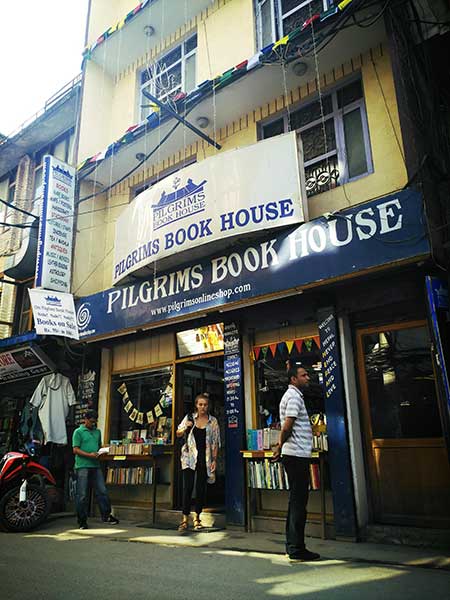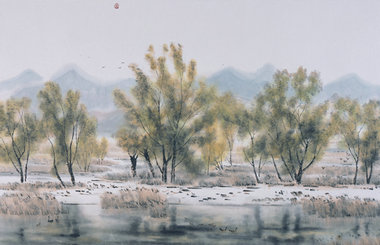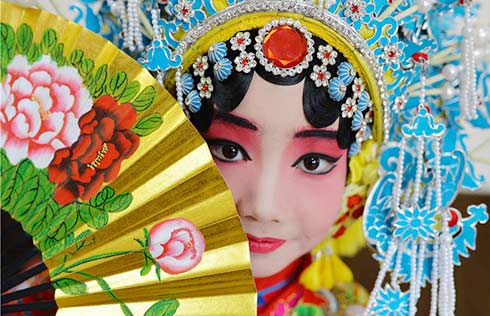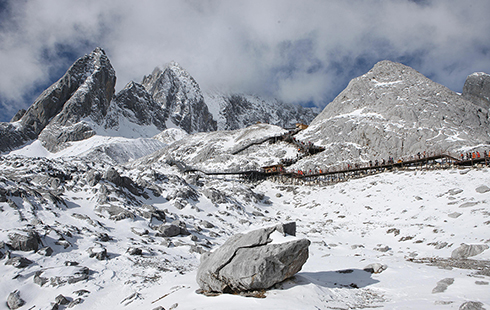Mountains, temples & jungle
By Xing Yi ( China Daily ) Updated: 2017-10-28 07:24:04
 |
|
The Pilgrims Book House in Thamel.[Photo by Xing Yi/China Daily] |
Along the road, street vendors and shops sell cashmere scarfs, carved wooden Buddhas, and singing bowls - a Buddhist meditation instrument that chimes when you roll a wooden stick around its rim.
As well as Nepali cuisine, restaurants along the way offer Chinese noodle dishes and buffalo steaks.
I opted for a thali, a generous meal served on a bronze platter, consisting of curry, vegetables, rice, and lentils served in individual bronze bowls. And throughout my trip, a cup of local herb milk tea, or Masala tea, continued to be my drink of the day.
The Pilgrims Book House in Thamel is home to one of the most complete collections of works on the Hindu and Buddhist religions, as well as range of detailed mountaineering guides.
Other than Thamel, other popular attractions include UNESCO world heritage sites such as Dubar Square, Boudhanath Stupa, or simply "Big Stupa", where we see Nepal's largest Buddhist domed pagoda, and Swayambhunath, or "Monkey Temple", which sits atop a hill west of the city, and, as its nickname suggests, is home to hundreds of monkeys.
While enjoying the panorama of the Kathmandu Valley at Swayambhunath, Banepali told me a legend about the formation of the valley.
It goes that in ancient times, the valley used to be a big lake, on which floated a beautiful and magnificent lotus.
Manjusri, the bohddisava of wisdom in Buddhism, once visited the valley from China, and seeing that the valley would be made a good settlement for people to worship, drew his sword and sliced a gorge. Water drained out of the lake, leaving the valley in which Kathmandu now lies, and the lotus transformed into a hill and the flowers became the Swayambhunath.
|
|
|
|
|
|
|
|

























 Raymond Zhou:
Raymond Zhou: Pauline D Loh:
Pauline D Loh: Hot Pot
Hot Pot Eco China
Eco China China Dream
China Dream China Face
China Face






